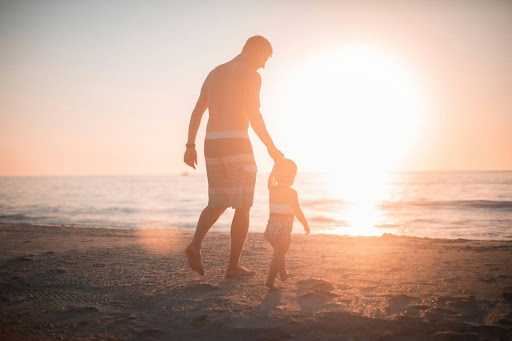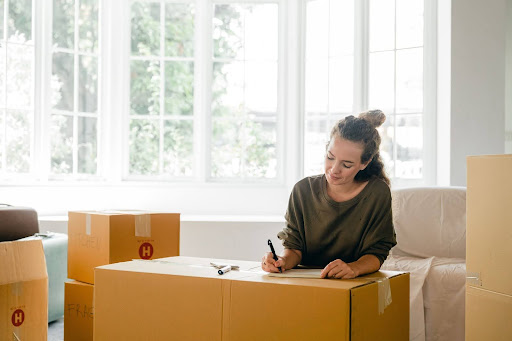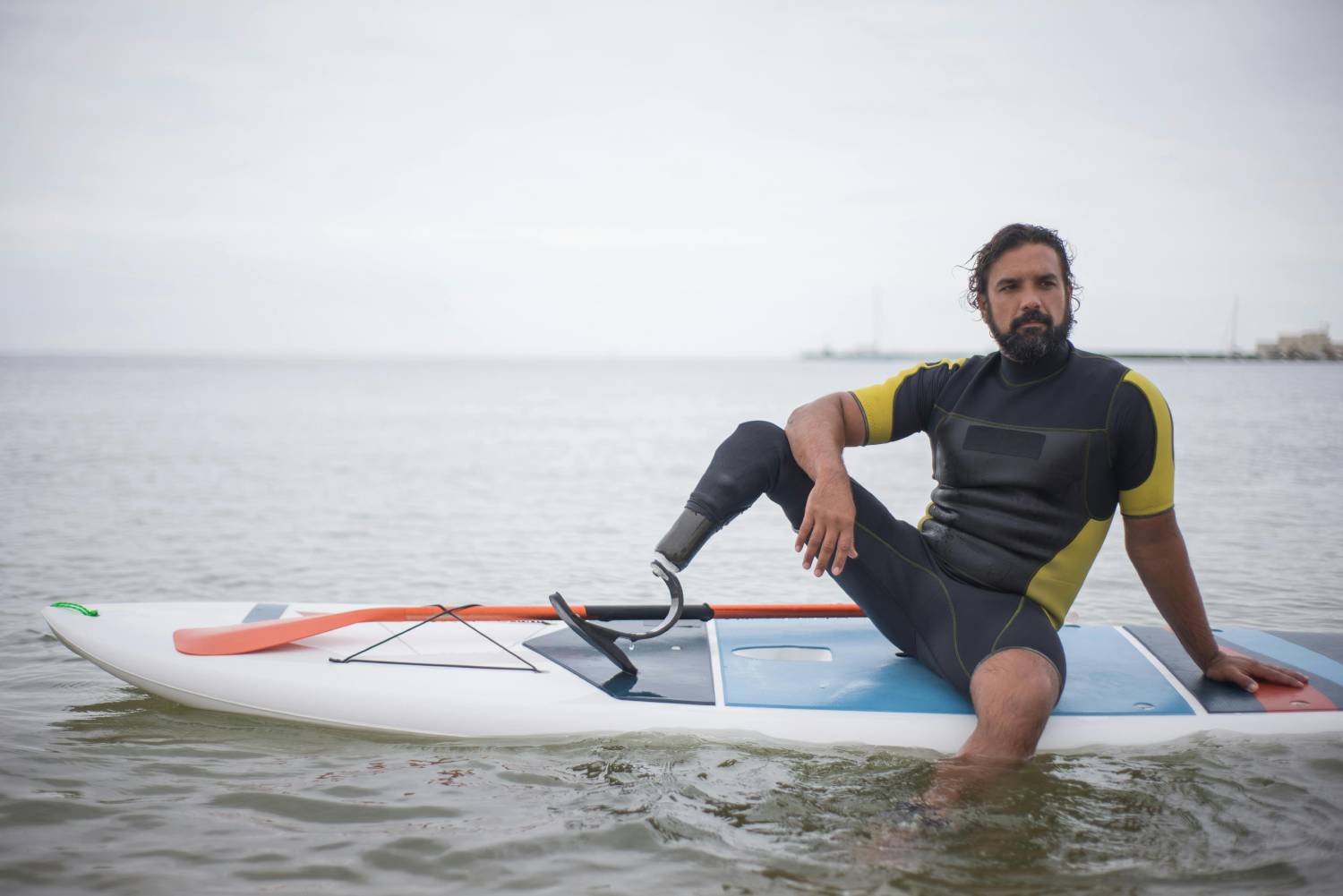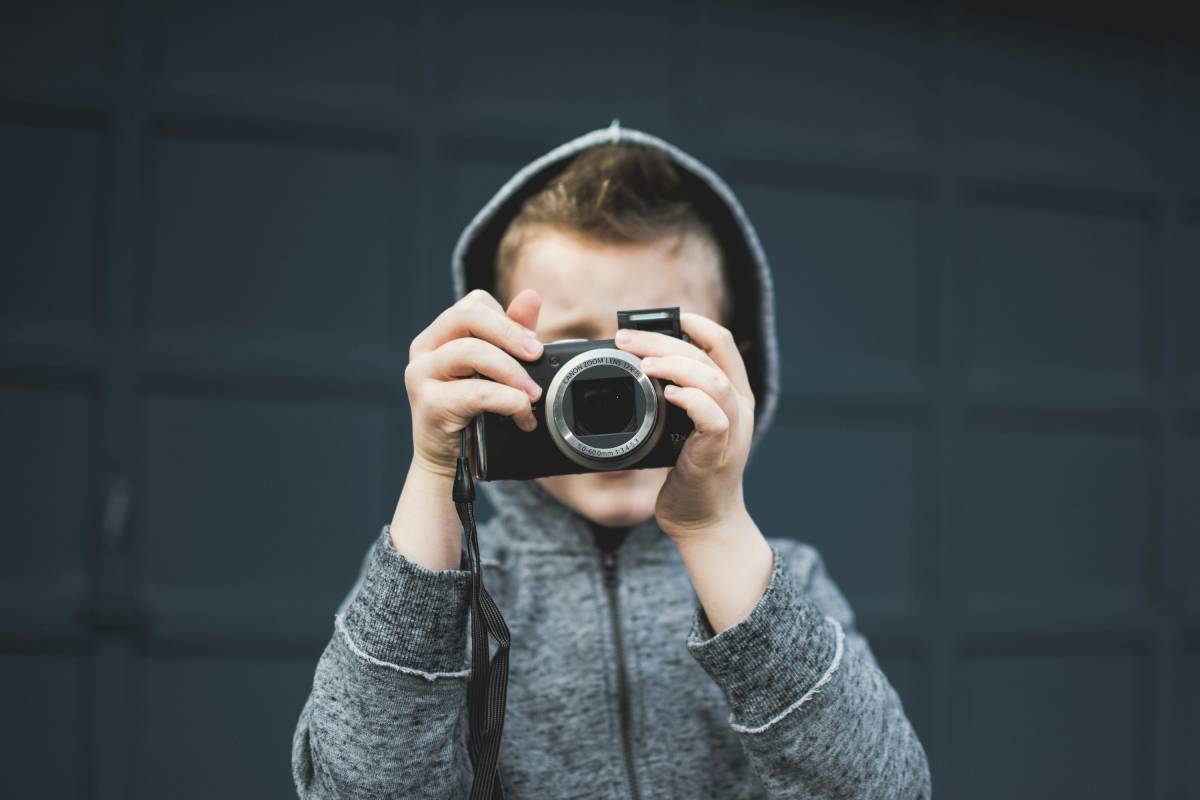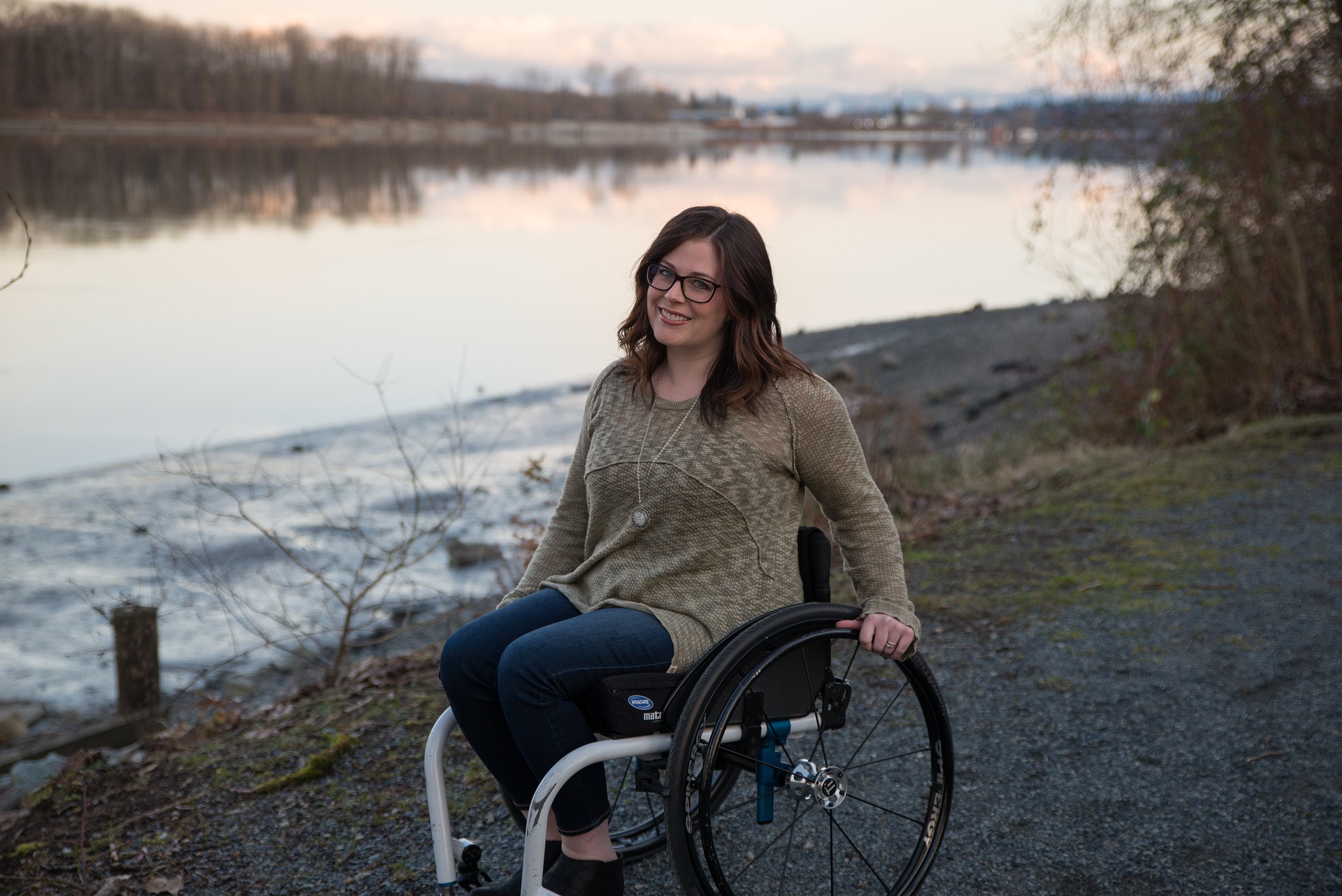Guest article provided by delightgifts.com
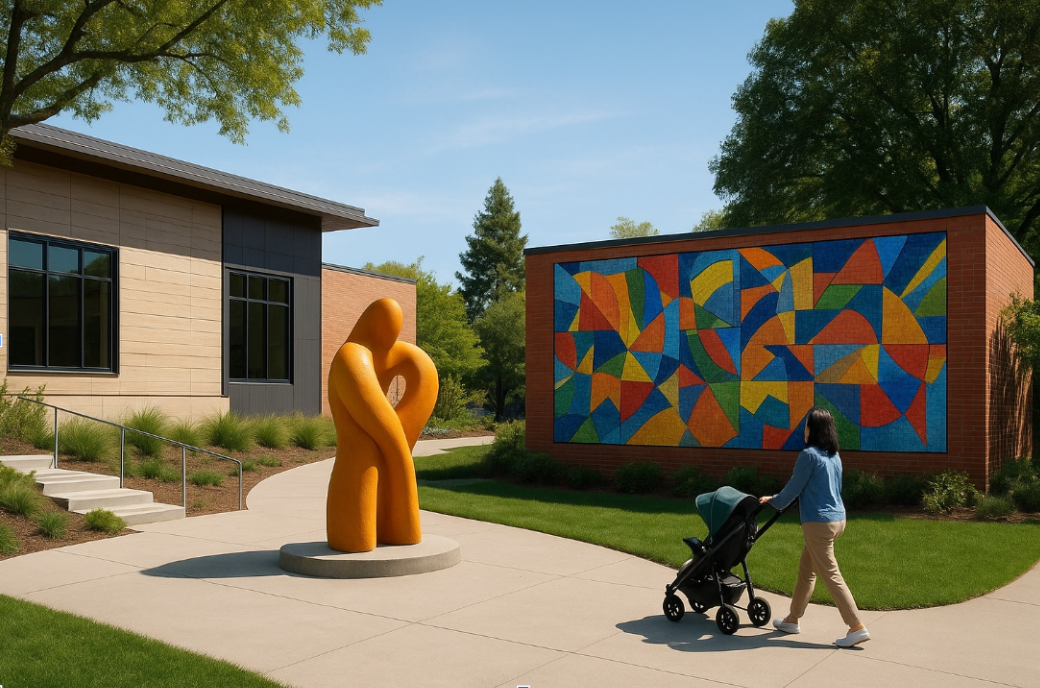
Building a World That Welcomes Everyone
Think about your favorite place. What makes it so special? Is it the way the sun shines in? The colors on the walls? The space to play or be quiet? Great places feel good because they are designed for the people who use them.
But what if a building was hard for some people to use? What if a doorway was too narrow, or the lights were too bright, or the signs were confusing? That building would not be welcoming to everyone.
The best buildings and spaces are made for all people, of all ages and abilities. This is called inclusive design. It means thinking about how everyone experiences a place. Creating these spaces takes a special kind of teamwork. It brings together the minds of architects, the vision of artists, the skill of builders, and the insight of color experts. When this team focuses on inclusion, they don’t just make buildings; they build stronger, more welcoming communities where everyone can belong and thrive.
Here is how it works:
- The Architect’s Plan: Designing spaces that are easy for everyone to move through and use.
- The Artist’s Vision: Using art to make spaces feel welcoming and understandable for all.
- The Builder’s Craft: Turning the plans into a safe, strong, and accessible reality.
- The Power of Color: Using light and color to help people see clearly and feel comfortable.
- The Big Picture: How all these pieces fit together to create a world that includes everyone.
The Architect’s Plan: Designing for All People
An architect’s job is to draw the dream of a building. When that dream is about inclusion, the architect must think from many different perspectives. They ask questions like: Can a person in a wheelchair easily get through the front door? Are the hallways wide enough? Is the bathroom easy for everyone to use?
This kind of thinking is at the heart of projects that organizations like ours at Able Futures champion. It’s about more than just following rules; it’s about genuine care for the user.
A great architect focuses on:
- Clear Paths: Making sure there are no obstacles. This means level entrances without steps, wide doorways, and smooth floors.
- Senses: Thinking about more than just sight. This could include sounds that help people know where they are, or textures on a handrail that are easy to grip.
- Safety: Placing lights so there are no dark corners, using non-slip floors, and making sure signs are easy to see and read from far away.
An architectural firm that gets this right, like the team at SAOarchitects.com, shows how good design can be both beautiful and barrier-free. Their plans ensure that from the moment you approach a building, you feel invited, not challenged.
The Artist’s Vision: Speaking to Every Heart
Art in public spaces is not just decoration. It is a powerful tool that can make everyone feel seen and welcome. Art can help people find their way, create a feeling of calm, or tell a story that everyone can connect with.
For example, a sculpture in a garden can be designed with textures that are interesting to touch, making it enjoyable for people with visual impairments. A large, colorful mural can act as a landmark, helping people remember where they are.
Artists who specialize in public installations, such as those whose work is featured on Daslia.com, understand that their audience is diverse. They create pieces that engage multiple senses and are meaningful from many different viewpoints. This thoughtful approach to art ensures that public spaces don’t just look beautiful—they feel inclusive and enriching for every single person who visits them.
The Builder’s Hands: Making Inclusion Real
The builder takes the architect’s inclusive plans and the artist’s welcoming visions and makes them real. This is a job that requires great skill and attention to detail. A tiny mistake can create a new barrier.
A builder must ensure that:
- A ramp has the gentlest possible slope.
- All doors open smoothly without needing too much force.
- Every handle and light switch is at a height that is easy to reach.
The work of a dedicated builder, like the professionals at KHBuilders.uk, is what turns a good design into a great lived experience. Their careful craftsmanship ensures that the promise of an accessible building is kept, creating environments that are not only structurally sound but also genuinely easy and safe for everyone to use.
The Power of Color: More Than Just Pretty
Color is a secret superpower in design. The right colors can do much more than make a space look nice. They can help people see better, move safely, and feel comfortable.
- Contrast: Using light colors against dark colors helps people see important things. A dark-colored light switch on a light-colored wall is easy to find. A toilet seat that contrasts with the floor and the wall makes the bathroom safer and easier to use.
- Calm: Soft, warm colors can make a busy room feel more peaceful. This is helpful for anyone who feels overwhelmed in loud or crowded places.
- Wayfinding: Using different color schemes for different floors or wings of a building helps people know where they are and not get lost.
Experts in color and material, like the consultants at Colorik.com, use this knowledge to create palettes that are both aesthetically pleasing and highly functional. Their input ensures that a space is visually clear and supportive for people with varying visual abilities, reducing confusion and increasing independence.
Putting It All Together for Our Community
When an architect, an artist, a builder, and a color expert all work together with inclusion in mind, something amazing happens. They create spaces that truly serve the community. These are places where a grandparent, a small child, a veteran, and a person with a disability can all participate fully and with dignity.
This philosophy aligns perfectly with the mission of Able Futures, where we believe that a supportive environment is the foundation for personal growth and community connection. Thoughtful design removes invisible barriers and opens up opportunities for everyone to learn, work, and socialize together.
Building an inclusive world starts with imagining it. It starts with asking, “How can we make this place better for everyone?”
Look around your own school, library, or local park. What makes it welcoming? What could be better? Your ideas are the first step toward building a more inclusive future for all.
Questions You Might Have
What is the difference between accessible design and inclusive design? Accessible design often focuses on meeting specific standards for people with disabilities, like adding a ramp. Inclusive design is a bigger idea. It thinks about the needs of all people from the very beginning, making the ramp the main, beautiful entrance that everyone uses.
Can an old building become more inclusive? Yes! It can be more challenging, but it is often possible. Builders can add ramps, widen doorways, improve lighting, and update bathrooms. Every change makes the building better for more people.
Who decides what inclusive art is? Often, artists will talk to the people who will use the space. They might ask children, older adults, and people with disabilities what they like. This helps them create art that is meaningful to the whole community.
Why isn’t every new building designed this way? It should be. More and more people are understanding how important inclusive design is. When we all ask for it and appreciate it, we encourage more architects, artists, and builders to work this way. It’s how we build a better world together.

